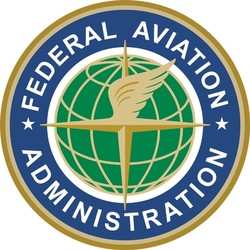New ‘Climb Via’ Procedures To Go Live Nationwide August 15
NBAA: Pilots Need To Prepare For Procedural Changes On Standard Instrument Departures
Significant changes are on the horizon that will affect pilots flying instrument departures and arrivals, the National Business Aviation Association (NBAA) reported today. Pilots unfamiliar with the changes could be faced with separation losses, pilot deviations and potentially tense moments in the cockpit. At the heart of the changes is a seemingly innocuous instruction, “Climb Via.” Following years of discussion, the new Climb Via instruction for standard instrument departures (SIDs) is scheduled to go live on Aug. 15, 2012. It mirrors the similar "Descend Via" instruction already being issued for standard terminal arrival route (STAR) procedures.
With the new instructions will come new terms and phrases used by air traffic controllers, and important changes with how pilots are expected to fly Climb Via SIDs. Members of the NBAA Access Committee – which focuses on issues affecting Member access to the National Airspace System (NAS) – believe the way for pilots to avoid problems lies with a pilot's knowledge and proper interpretation of charted altitude restrictions.
“Currently, ATC is not required to provide an assigned altitude to maintain with the initial IFR clearance when that altitude is published on the SID chart,” said NBAA Access Committee member Rich Boll. “That ‘maintain’ altitude may be the only one the pilot sees when looking at the SID.
“However, many SID procedures also have published, intermediate-altitude restrictions, including 'at,' 'at or below,' or 'at or above' restrictions, which must be followed for ATC separation purposes," Boll continued. “When issued a Climb Via clearance, pilots will be expected to abide by all restrictions listed on the procedure when vertically navigating the SID and climbing to the initial ‘maintain altitude’ published on the SID.”
Failure to comply with the charted SID procedure could result in a pilot deviation.



 Desert Falcon's Archives
Desert Falcon's Archives



